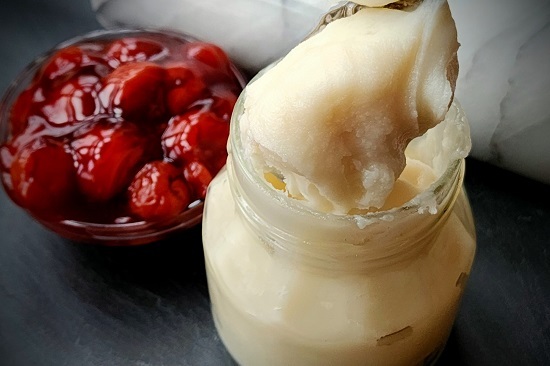History on Crisco (and why Lard is better for you)
posted on
July 18, 2023
| When you think of making a pie crust or frosting, do you think of butter and lard? Or are you one of many that use Crisco? Have you ever wondered how Crisco came to be in the kitchen of so many of our homes? Let's dive in! In the 1890’s, high lard and tallow prices led candle maker William Proctor and his brother-in-law, soap-maker James Gamble to look for cheaper alternatives. This was accomplished by purchasing many cottonseed mills. After the cotton gins combed through the harvest to create clean usable fibers, there was an abundance of oil rich cotton seeds remaining. With no suitable alternatives, many farmers let the seeds rot in the field. By 1907, Proctor and Gamble with the help of German chemist E. C. Kayser, developed the process of hydrogenation. This revolutionary process transformed liquid cottonseed oil into a solid that resembled lard. This new solid wasn’t ideal in soap making, and the candle business was in a decline with more homes adopting electricity. Proctor and Gamble sought a new market for their product. Since hydrogenated cottonseed oil resembled lard, they chose to market and sell it as a food alternative. Crisco hit the market in 1911. In an era where lard and butter were the staple cooking fats, Proctor and Gamble had to convince housewives to switch to their new product. In addition to an advertising campaign aimed to take down butter and lard, Proctor and Gamble published and gave away a cookbook containing 615 recipes using Crisco. We have since learned how bad the partially hydrogenated oils and trans fats are to our health. Proctor and Gamble sold the Crisco brand in 2002 and the ingredients have changed. The ingredients currently listed are: Soybean Oil, Fully Hydrogenated Palm Oil, Palm Oil, Mono And Diglycerides, TBHQ and Citric Acid (Antioxidants). The lard that comes from Honeysuckle Farm has one ingredient: fat from pasture raised pigs born and raised on our farm. According to Mary Enig, author of Know Your Fats, lard is about 40 percent saturated, 50 percent monounsaturated, and contains 10 percent polyunsaturated fatty acids. It is also one of our richest dietary sources of vitamin D. Compared to confinement hogs, lard from pasture raised pigs can contain twice the amount of vitamin E and three times the amount of vitamin D. What was once a household staple can now be difficult to find on the grocery store shelves. We are excited to offer you lard from our pasture raised pigs. Click HERE to purchase leaf lard- creamy white nearly tasteless lard that is ideal for pie crusts, pastries, or biscuits. Click HERE to purchase back fat lard- perfect for cooking or frying foods. Back fat lard has a slightly "porky" taste to it. Thank you for being in our community where we are opting IN to healthy eating.  Straining the pork cracklings from the back fat lard.  As the lard cools, it hardens to a beautiful white color. Lard can be stored on the counter, fridge, or freezer. Blessings, | |



